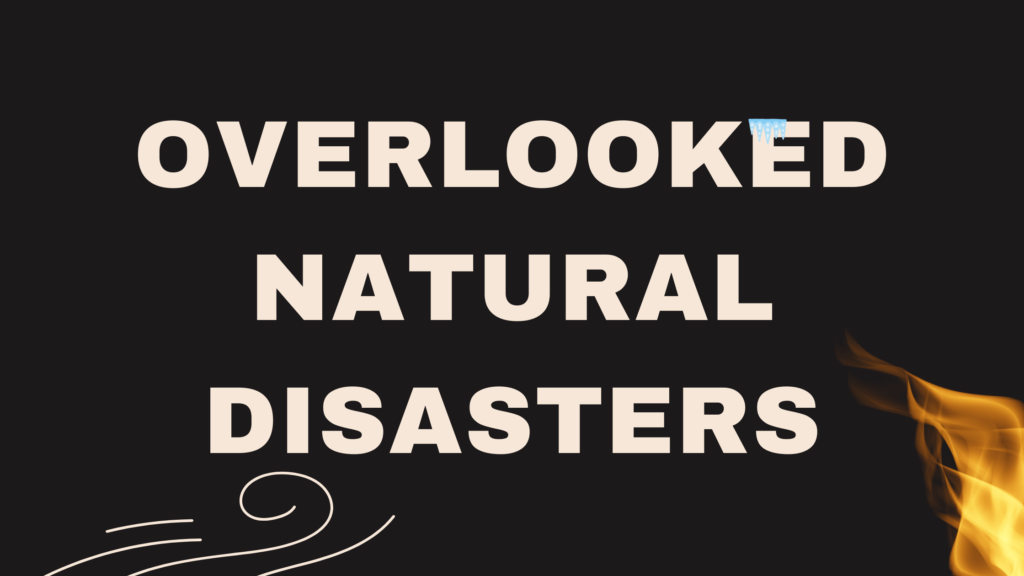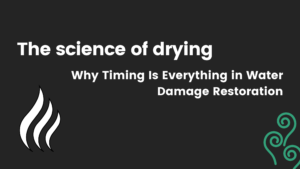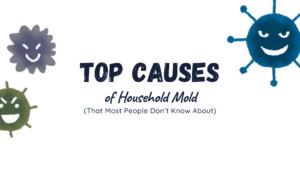When people hear “natural disaster,” they think hurricanes, floods, tornadoes, or maybe wildfires. These headline-makers get all the attention—and for good reason. They’re massive, terrifying, and hard to ignore. But what if we told you there are other overlooked natural disasters quietly destroying homes every year?
These under-the-radar events don’t get the media frenzy or FEMA coverage, but they still wreak havoc on homes, cause tens of thousands in damage, and leave families scrambling for help. As restoration experts, we’ve seen just how destructive these “silent threats” can be—and we’re here to shine a light on them.

Hailstorms: The Silent Shatterer
Hail might not sound scary—until your roof looks like it got into a fight with a golf ball cannon.
These icy little bullets can cause serious damage:
- Shattered windows and dented siding
- Cracked or bruised roof shingles (which often lead to slow leaks)
- Compromised insulation and water intrusion after follow-up rainstorms
The biggest danger? Most people don’t realize their home’s been damaged until months later, when water has already crept in behind the walls. Restoration crews often find hidden mold, warped ceilings, or rotting wood—all from that “minor” hailstorm last season.
Pro Tip: If you hear hail, even if it seems light, have your roof and siding professionally inspected. Insurance might cover it—but only if it’s documented early.
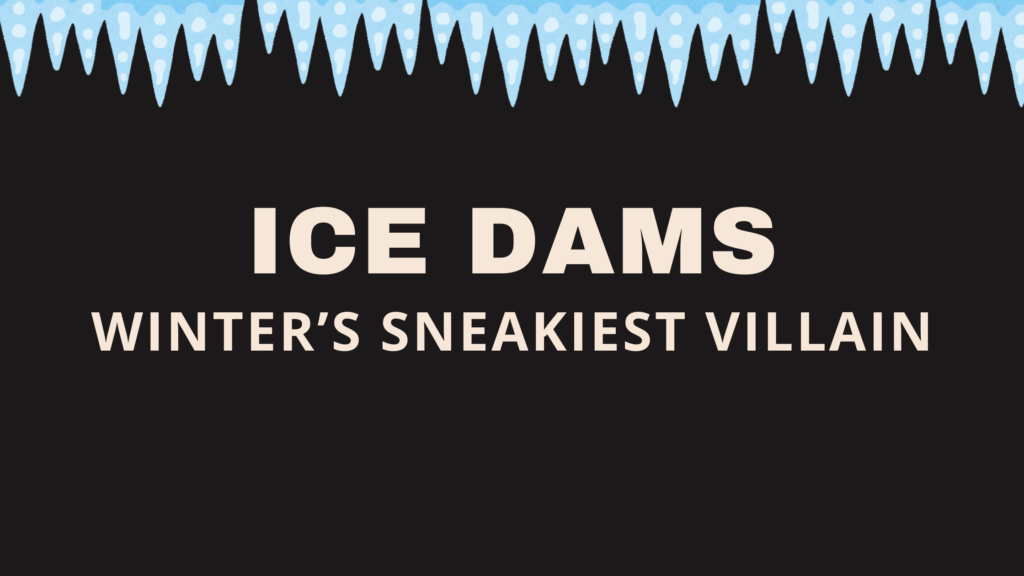
Ice Dams: Winter’s Sneakiest Villain
Picture this: snow melts on your warm roof, trickles down, and refreezes near the gutters. Over time, you get a literal dam of ice. That dam forces water backward under your shingles and into your attic or walls.
The result?
- Interior ceiling stains
- Soggy insulation (which loses its R-value and grows mold fast)
- Roof rot and long-term structural damage
Ice dams are common in colder states—but not just in log cabins and ski towns. We’ve seen them cause major issues even in suburbs that had one weird snowstorm out of nowhere.
Pro Tip: Make sure your attic is properly insulated and ventilated. After a snowstorm, look for icicles hanging over your gutters—those are often red flags.
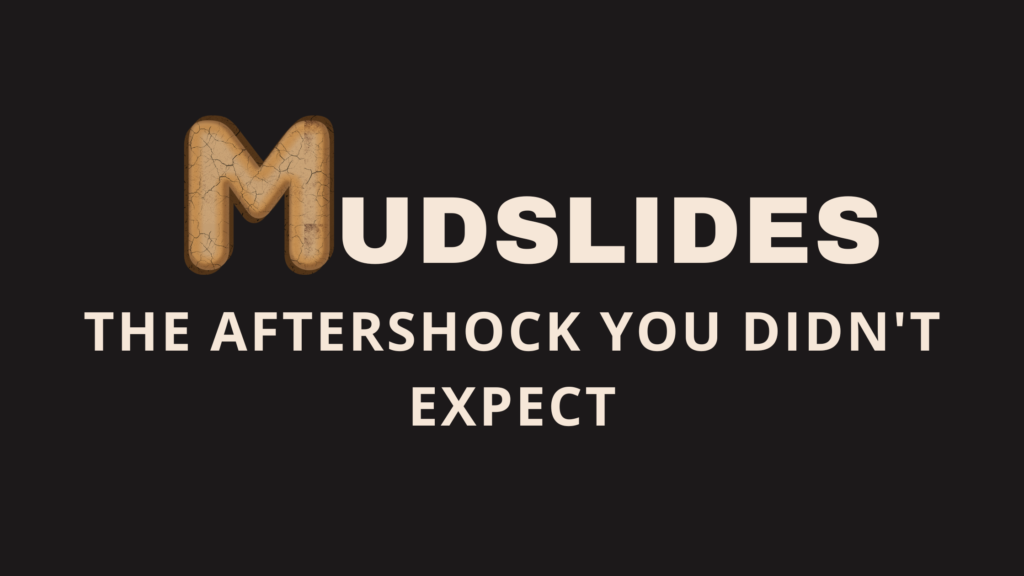
Mudslides: The Aftershock You Didn’t Expect
After a wildfire or heavy rainfall, the landscape changes. What was once solid ground becomes unstable, and suddenly gravity takes over—fast. Mudslides (or landslides) can:
- Shift entire foundations
- Bury basements
- Saturate drywall and flooring with contaminated sludge
The worst part? Insurance coverage for mudslides is tricky. Many homeowners assume they’re protected, but they’re often not unless they have specific endorsements.
Pro Tip: If you live near hills, slopes, or burn-scarred terrain, be proactive. Install retaining walls, landscape for water flow, and call restoration pros the moment you see soil shifting.

Straight-Line Winds: Not a Tornado, But Just as Nasty
Also called derechos, these fast-moving wind events don’t spin like tornadoes—but they can flatten trees, rip roofs off, and knock out power across entire counties.
Damage from straight-line winds includes:
- Shingle loss and roof breaches
- Siding torn clean off
- Water damage from wind-driven rain entering broken seals
Unlike hurricanes, these winds can hit with zero warning. Restoration professionals often arrive to find not only structural damage but water infiltration in places you wouldn’t expect—like around windows, attic vents, and chimneys.
Pro Tip: After any high-wind event, walk your property. Look for lifted shingles, dented flashing, or water pooling around the foundation.
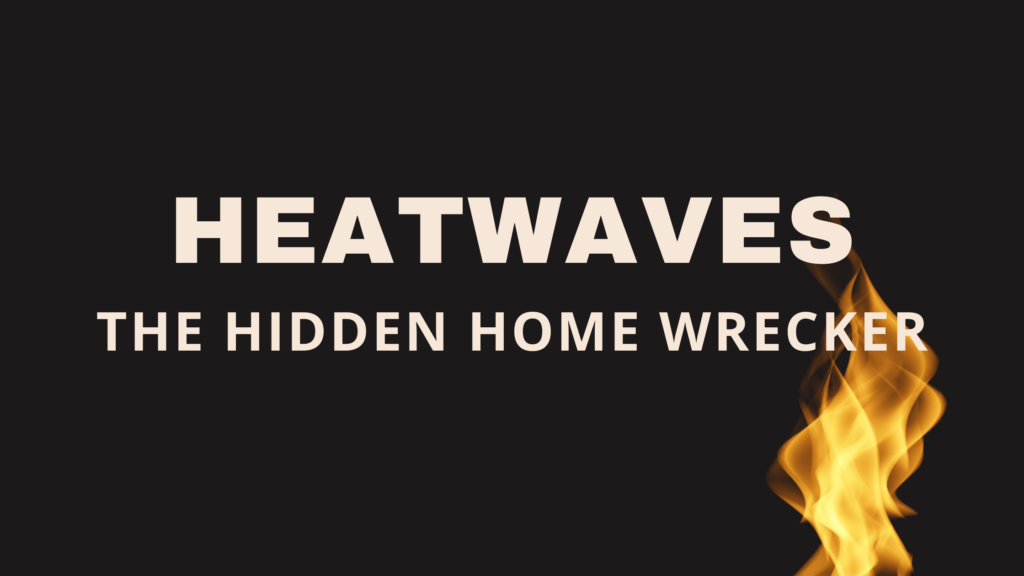
Heatwaves: The Hidden Home Wrecker
Believe it or not, extreme heat can quietly destroy your home from the inside out. Prolonged high temperatures stress everything—wood, plastic, insulation, even concrete.
- Warped window frames and doors that no longer seal
- Dried-out caulking that leads to air and water leaks
- Heat-cracked foundations in clay-heavy soil regions
Not to mention, heatwaves increase the risk of electrical fires due to overloaded systems and brittle wiring.
Pro Tip: Use high-heat resistant materials in home remodels. Keep attics and crawl spaces ventilated. And if your AC struggles to keep up, have it serviced before it becomes a fire hazard.
Restoration Pros Know the Hidden Damage
At Vital X Pros, we’ve seen how these less-publicized disasters leave homeowners just as devastated as any major storm. The difference? Most people aren’t prepared—or don’t realize how bad it is until it’s too late.
We handle it all:
- Water extraction and mold prevention after ice dams or hail leaks
- Structural drying and sanitization after mudslides or unexpected flooding
- Smoke and soot removal from wildfires that never touched your house but filled it with toxins
- Full-scale remodeling to repair the hidden damage and rebuild better
These disasters may not make the news—but they’ll absolutely wreck your home if you let them. When nature gets sneaky, it pays to have a restoration team that’s seen it all.
Think You Might Have Damage?
Don’t wait until you see mold creeping up the walls or your floors start warping.
If you suspect anything—even if it seems minor—give Vital X Pros a call. We’ll assess the damage, walk you through next steps, and help you make your home safe, sound, and beautiful again.
